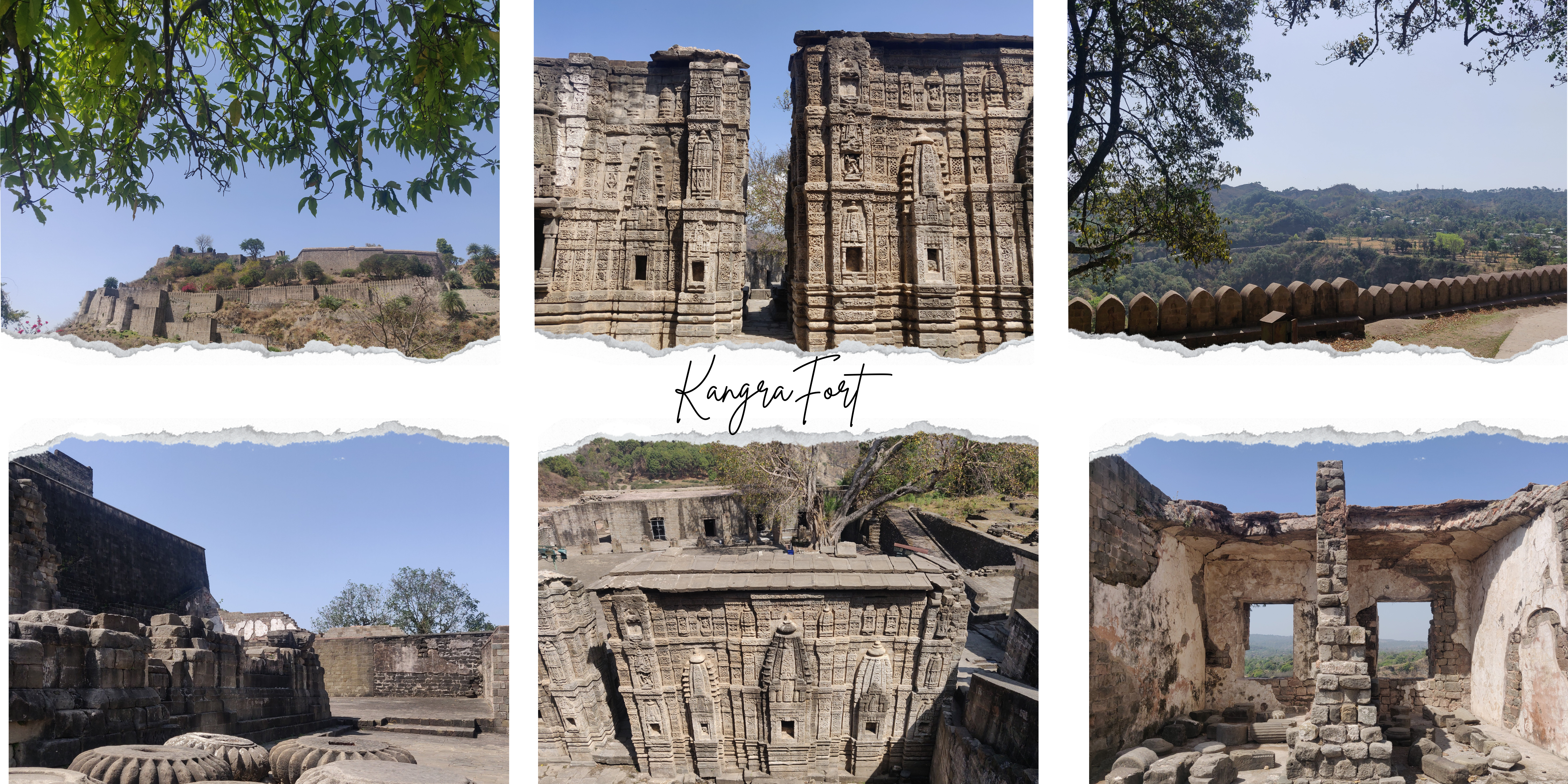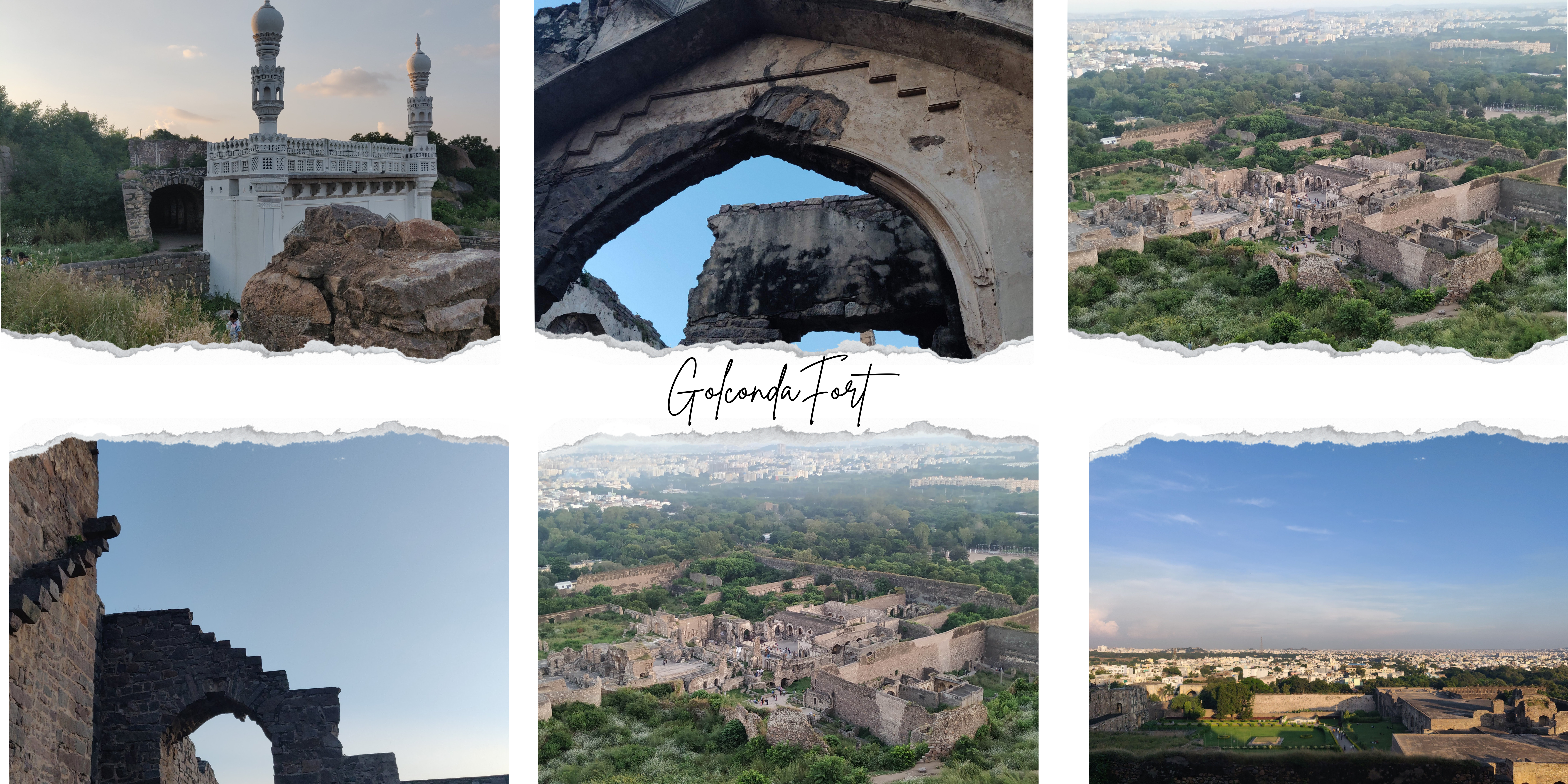India has a staggerring number of forts! Reaching the figure of 40000 might be impossible in this life. As of now I have managed to see only 8 to 9 of them. Just like the Spotify playlist, this is my FORFTify Playlist!
Fort-tastic India: Where History Stands Tall!
A small trivia before we start!






1. Meherangarh Fort
- Location: Situated in Jodhpur, Rajasthan, India, Meherangarh Fort stands on a 410 feet high hill.
- Foundation: Built in 1459 by Rao Jodha, the founder of Jodhpur, when he moved his capital from Mandore.
- Massive Structure: It covers an area of 5 km and is one of the largest forts in India.
- Height of the Walls: The fort’s walls rise to a height of 120 feet and have a thickness of 70 feet.
- Museum: Meherangarh Fort houses a museum that displays a rich collection of artifacts, weapons, palanquins, and costumes from Rajasthan’s royal history.
- Cultural Events: It hosts the Rajasthan International Folk Festival (RIFF), an annual event celebrating music and arts.
- Legends: According to legend, a man was buried alive in the foundation to ensure the fort’s prosperity.

2. Kumbhalgarh Fort
- Location: Situated in the Aravalli Hills in the Rajsamand district of Rajasthan, India
- Built by: Maharana Kumbha in the 15th century (around 1443 AD).
- Second-largest wall: Known for having the second-longest continuous wall in the world, after the Great Wall of China, spanning over 36 kilometers.
- UNESCO World Heritage Site
- Invincible structure: The fort was only breached once in its history, by combined forces of Mughal Emperor Akbar, Raja Man Singh of Amber, and others.
- Birthplace of Maharana Pratap: The legendary Rajput warrior, Maharana Pratap, was born here in 1540.
- Elevation: Located at an altitude of about 1,100 meters above sea level, offering a panoramic view.
- Temples inside: The fort complex contains 360 temples, including Hindu and Jain temples.
- Engineering marvel: The walls of the fort are up to 15 feet thick in certain places.
- Light show: A sound-and-light show is held in the fort to narrate its historical significance to visitor

3. Kangra Fort
- Location: Kangra Fort is situated in Kangra, Himachal Pradesh, India.
- Historical Significance: It is one of the oldest forts in India, with origins dating back to the Trigarta Kingdom mentioned in the Mahabharata.
- Founding Dynasty: The fort was built by the royal family of Kangra, known as the Katoch dynasty, which is one of the oldest surviving dynasties in the world.
- Earthquake Damage: The fort suffered significant damage during the 1905 earthquake, which destroyed many of its structures
- Temples: Within the fort complex, there are several temples, including the Lakshmi Narayan Temple, Ambika Devi Temple, and the Jain temple dedicated to Adinath.
- Museum: It displays artifacts and information about the fort’s history and the Katoch dynasty.

4. Golconda Fort
Historical Significance: Located in Hyderabad, Telangana, India, was originally built by the Kakatiya dynasty in the 13th century.
Architecture: The fort is known for its impressive architecture, with massive gates, robust bastions, and intricate designs. It features the famous Fateh Darwaza (Victory Gate) with iron spikes to prevent elephant attacks.
Acoustics: One of the fort’s most intriguing features is its advanced acoustic system. A clap at the entrance of the fort can be heard clearly at the highest point, Bala Hissar, a kilometer away. This was used for communication purposes.
Mosques and Palaces: The fort complex includes several mosques, palaces, and other buildings, showcasing a blend of Hindu and Muslim architectural styles.
Sound and Light Show: Today, the fort is a popular tourist attraction. It hosts a sound and light show in the evenings, narrating the history of the fort with dramatic illumination and sound effects.
Diamond Trade: Golconda was once a thriving center for diamond trade. The fort’s mines produced some of the world’s most famous diamonds, including the Koh-i-Noor, the Hope Diamond, and the Darya-i-Noor.

5. Chittorgarh Fort
- Location: Chittorgarh Fort is located in the present-day town of Chittorgarh, Rajasthan.
- Historical Significance: It is one of the largest forts in India with an area of 700 acres and is a UNESCO World Heritage Site.
- Construction: The fort was built in the 7th century by the Maurya rulers.
- Palaces: The fort complex includes several palaces such as Rana Kumbha Palace, Rani Padmini’s Palace, and the Fateh Prakash Palace.
- Temples: The fort houses numerous temples, including the Kalika Mata Temple, Kumbha Shyam Temple, and the Jain Temple dedicated to Bhagwan Adinatha.
- Water Bodies: There are around 22 water bodies within the fort, including reservoirs, ponds and wells.
- Towers: The Vijay Stambh (Tower of Victory) and the Kirti Stambh (Tower of Fame) are two significant towers within the fort.
- Historical Battles: Chittorgarh Fort has witnessed several significant battles, including the three major sieges in 1303, 1535, and 1567-1568.
- Jauhar: The fort is known for the acts of Jauhar (self-immolation) performed by the womenfolk of the fort to avoid capture and dishonor by invaders.
- Rani Padmini: The legend of Rani Padmini, known for her beauty and valor, is closely associated with the fort.

6. Jaisalmer Fort
- Location: Jaisalmer Fort is located in the city of Jaisalmer, in the Indian state of Rajasthan.
- Nickname: It is often referred to as the “Golden Fort” due to its golden-yellow sandstone walls that blend with the Thar Desert.
- Construction: The fort was built in 1156 AD by the Rajput ruler Rawal Jaisal.
- World Heritage Site: It is a UNESCO World Heritage Site under the group “Hill Forts of Rajasthan.”
- Architecture: The fort is known for its intricate architecture, featuring a blend of Islamic and Rajput styles.
- Population: Unlike many forts, Jaisalmer Fort is still inhabited. About one-fourth of the city’s population resides within the fort.
- Main Attractions: Key attractions within the fort include the Raj Mahal (Royal Palace), Jain temples, and the Laxminath temple.

7. Gwalior Fort
- Historical Significance: Gwalior Fort has a long and storied history, with evidence of human habitation dating back to at least the 6th century.
- Architectural Marvel: The fort is an impressive example of medieval Indian architecture, featuring a blend of Hindu and Muslim styles.
- Dynastic Rule: Over the centuries, the fort has been controlled by several dynasties, including the Tomars, Mughals, Marathas, and the British.
- Man Singh Palace: One of the most famous structures within the fort is the Man Singh Palace, known for its intricate tile work and unique architectural design.
- Cultural Heritage: The fort has been a center of cultural activities and has hosted numerous musicians and poets, contributing to the region’s rich cultural heritage.
- Architectural Integration: The duck carvings are seamlessly integrated into the architectural design of the fort, blending with other decorative elements like floral motifs, geometric patterns, and other animal figures. This integration highlights the aesthetic sensibilities of the period
- British Involvement: During the Indian Rebellion of 1857, Gwalior Fort played a significant role, being a site of major battles and eventually coming under British control.

Do share your favourite fort in the comments below. Also for more such first-hand experiences, please stay tuned to A Pixelated Perspective
Exploring India’s forts is like walking through the pages of history, I must say….From the towering walls of Meherangarh to the echoing acoustics of Golconda, each fort tells a story of architectural brilliance and cultural legacy.
This blog captures the magnificence and intricacies of these majestic structures beautifully. It’s a delightful reminder of India’s rich heritage and the tales hidden within these ancient walls. With Mehrangarh as my favourite fort, looking forward to more such captivating narratives! 😍
Thank you Ankit! Meherangarh obviously had to be your favourite 🙂